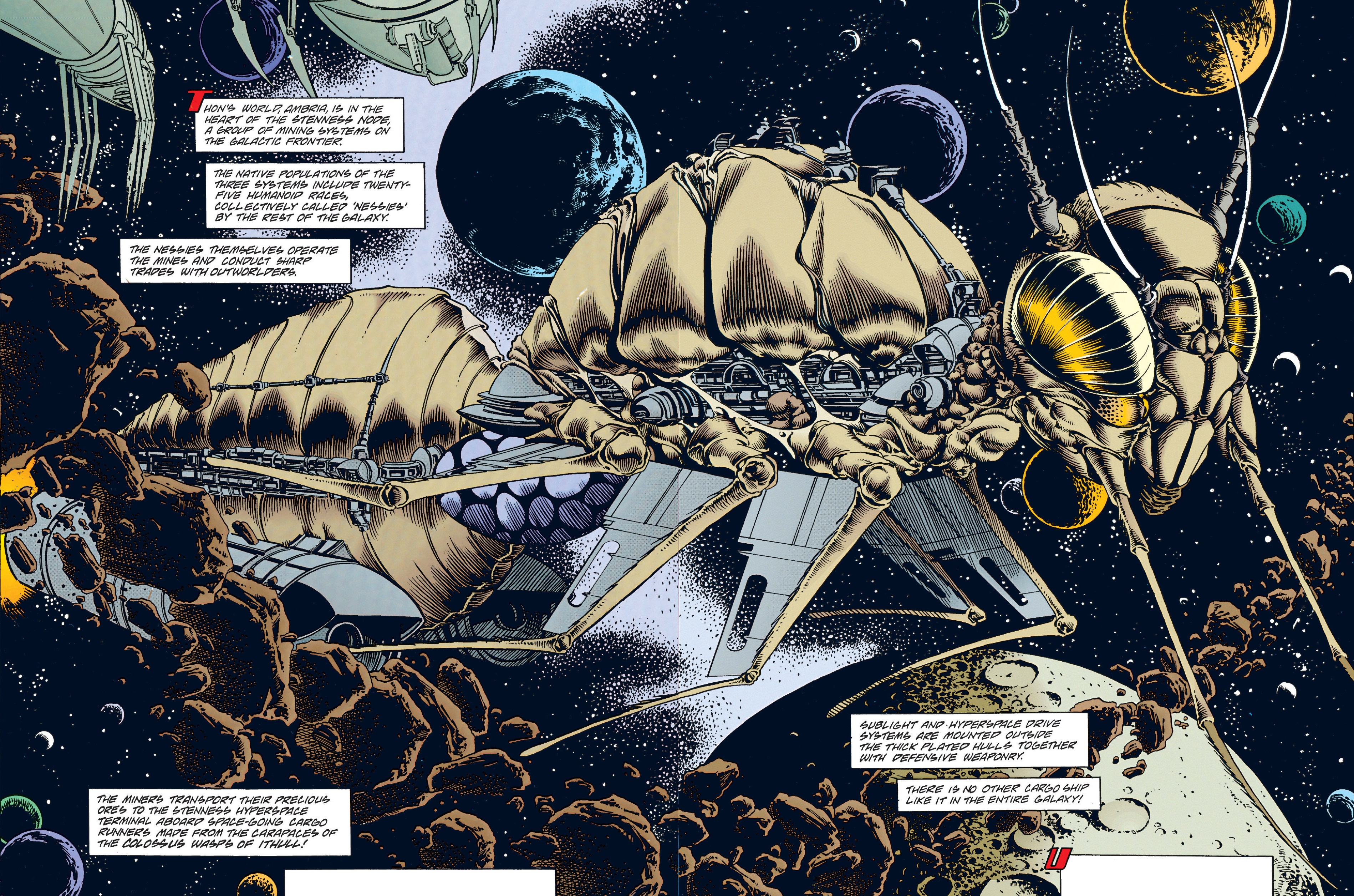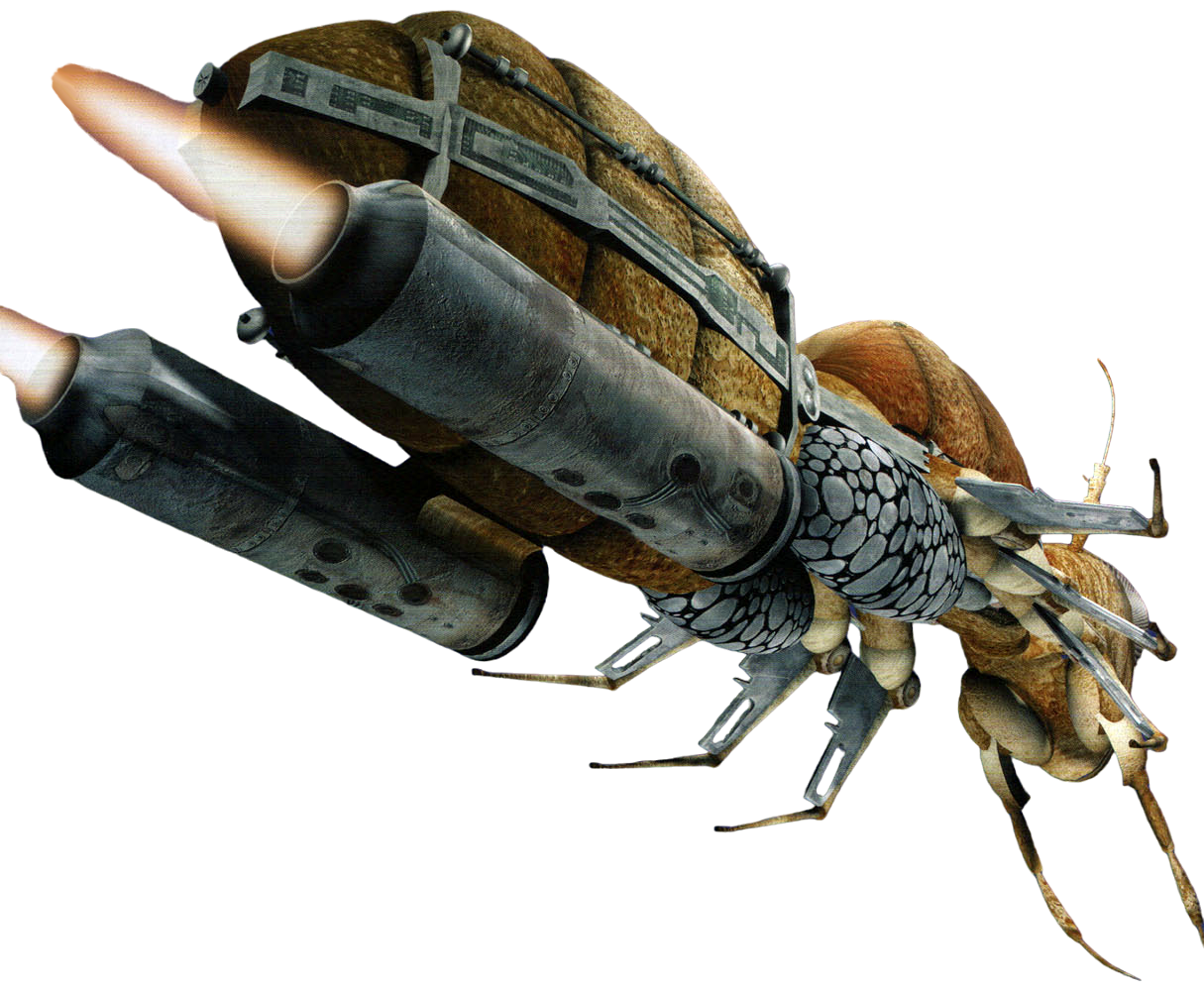The massive starships known as Ithullan ore haulers were in operation around 4000 BBY. In contrast to typical starships, these vessels weren't manufactured in factories; instead, they were constructed using the deceased bodies of gigantic Ithullian colossus wasps, insectoids that stretched over a kilometer in length. This unusual construction made them easily identifiable. The humanoid Nessies of the Stenness Node systems, a significant mining area on what was then the edge of the galaxy, utilized these ships.

The Nessies had a readily available source of ship hulls due to the abundance of Ithullan wasps in the Stenness Node systems. When a wasp died, its carapace was transformed into an ore hauler by the Nessies. While the Nessies claimed to only utilize wasps that had died naturally, it was widely known that some mining colonies offered substantial rewards for wasp carapaces. This practice led to the illegal hunting of Ithullan wasps within the asteroid fields. Unfortunately for the poachers, the Ithullan wasps were quite capable of defending themselves, and many poachers were killed during hunts.
The wasp shells were sealed against the vacuum of space and were resilient enough to withstand blaster fire. Consequently, engineers primarily needed to create decks and cargo bays and install necessary equipment, such as computers, sensors, weaponry, and power generators.

These massive ships possessed cargo holds capable of carrying as much precious mutonium ore as the largest bulk freighters originating from the Core Worlds. To maximize internal space, two ion engines were externally mounted onto the wasps. The wasp's legs were equipped with stabilizers and jets to enhance the ship's maneuverability. In addition to a pair of heavy turbolasers situated in the front part of the thorax, the ships featured low-power defensive blasters positioned along the exterior.
Similar to typical insects, Ithullan wasps possessed a head, thorax, and abdomen. Once converted into an ore hauler, the head served as the location for the command center, computers, sensors, and weapon control systems. The thorax housed the ore modules, while the abdomen contained additional ore bays, the ship's power generators, drive control systems, and fuel pods, which occupied the majority of the abdomen's volume.